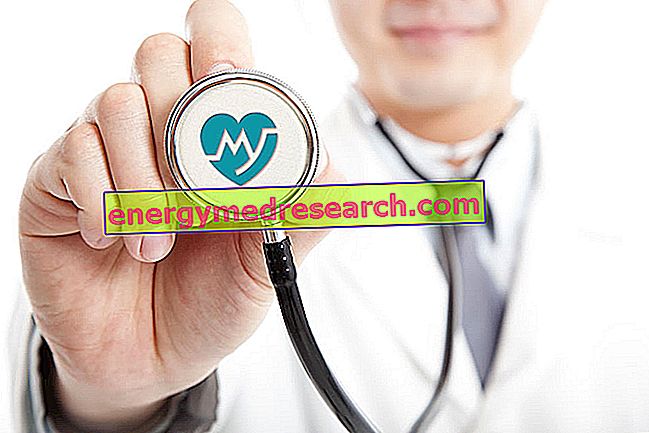See also: premenstrual syndrome
Symptoms
Menstrual pain afflicts, in a more or less important way, fertile women of all civilizations and of every social rank. Not by chance, therefore, dysmenorrhea (as doctors call it when menstrual pain becomes particularly severe) is one of the most common conditions of gynecological interest.

However, the key symptom remains a succession of painful pangs - more or less severe, spasmodic and cramp-like - at the lower abdomen, which can also radiate to the back or to the inner face of the thighs. The painful symptoms can become so intense that it makes any type of activity difficult. In young women - where the menstrual cycle has just stabilized and dysmenorrhea is more common - menstrual pain is the leading cause of absenteeism from school and work. In the latter case a medical consultation is very important and becomes even more so when the dysmenorrhea suddenly appears in adulthood; some conditions responsible for menstrual pain can in fact cause infertility and increase the risk of ectopic pregnancies (extrauterine).
Causes
Menstrual pains are divided into primary dysmenorrhoea (also called intrinsic, essential or idiopathic) and secondary dysmenorrhea. In the first case, the most frequent one, the pain symptoms do not recognize an evident organic cause, while in the second they are the consequence of abnormalities or alterations of the internal genitals, such as endometriosis, cervical stenosis, adenomyosis, inflammatory disease pelvic and benign or malignant uterine neoplasms.
Causes of Primary Dysmenorrhea
Primary dysmenorrhea typically starts 6-12 months after the menarche, reaches maximum frequency at 16-17 years and tends to diminish in the second decade of life and sometimes disappears after the first child. The secondary dysmenorrhea arises instead together with the menarche or, suddenly, in adulthood, often dissociated from the other symptoms mentioned above (nervousness, gastrointestinal disorders, etc.).
In primary dysmenorrhea, menstrual pain typically begins a few hours before menstruation and lasts for one or two days, while in secondary dysmenorrhea pain affects the entire menstrual period and sometimes extends to the follicular phase.
During the menstrual period, the uterine muscles contract to expel decaying endometrial cells. Some prostaglandins (hormone-like substances involved in inflammation and pain symptoms) and other pro-inflammatory molecules amplify uterine contractions; for this reason, a high level of prostaglandins is associated with an increase in menstrual pain. According to some authors, intense uterine contractions end up blocking or significantly reducing the flow of blood to the uterus, triggering painful symptoms similar to that of angina pectoris, in which the obstruction of the coronaries reduces the supply of oxygen and nutrients to myocardium causing oppressive chest pains.
For the same reason, menstrual pain can be worsened by strenuous physical activity; during intense exercise, in fact, the uterine blood flow is reduced and ischemia increases due to the greater supply of blood to the muscles in activity; on the other hand, the release of endogenous opioids can reduce the perception of pain.
Risk factors
The risk factors associated with menstrual pain are young age (less than 20 years), early menarche, never having given birth (nulliparity), familiarity with the disorder, menorrhagia (heavy menstrual flow), sexual abuse and a low or excessive BMI.



